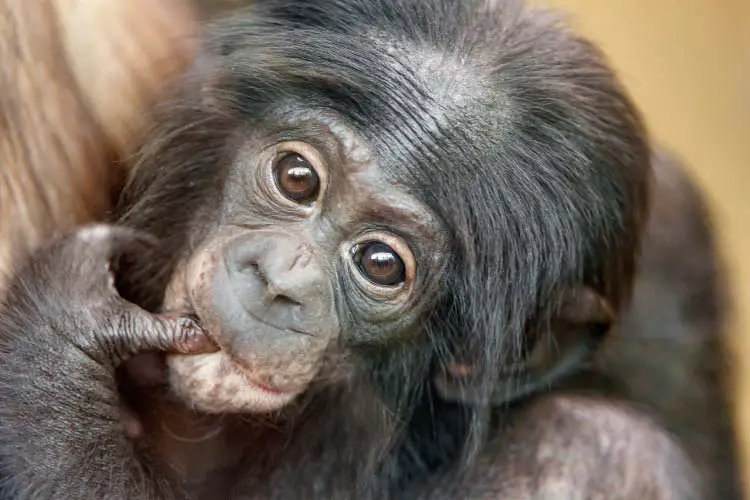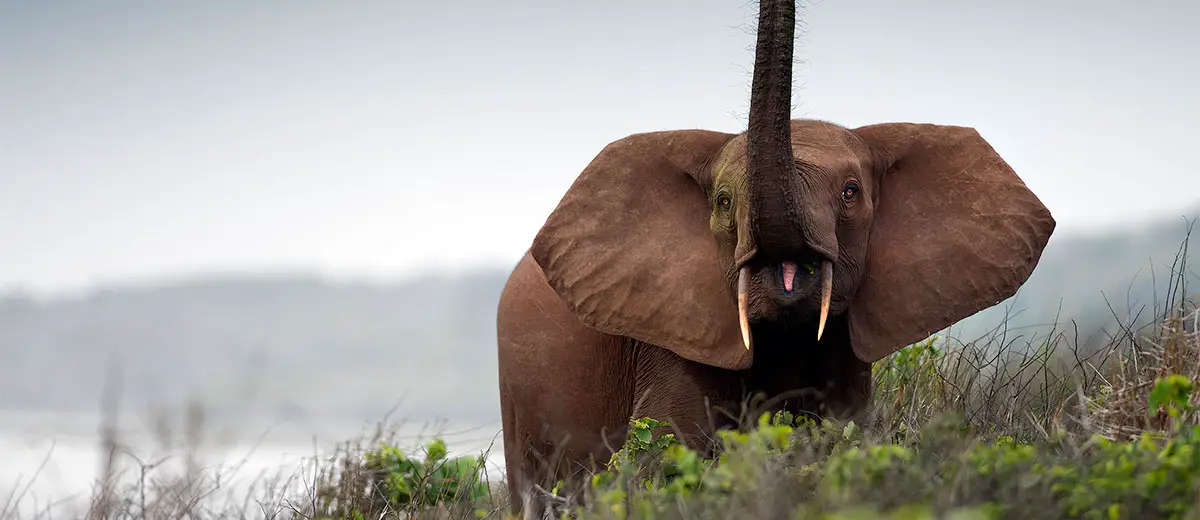Central African Wildlife | Top 5 Must-See Animals
Central Africa is home to some of the most unique wildlife on the planet, Silverback Gorillas, Pigmy Chimpanzees and Forest Elephants are just a few of the incredible species you’ll find in this lesser-travelled region. To understand what makes Central African wildlife so remarkable, we’ll take a quick look at the geography of the region. Central Africa sits on the equator and is also home to the second-largest river basin in the world, the Congo river basin; this combination creates a massive expanse of tropical rainforest stretching from Cameroon in the northwest to DRC’s far east. It is home to a staggering 10,000 species of plants, 400 species of mammals, 1,000 species of birds and over 700 species of fish.
This vast area of rainforest covers a massive 1.5 million square kilometres, from the coastal regions on the Gulf of Guinea in the west to the foothills of the Rwenzori Mountains in the east. This produces several distinct climates that further add to the area’s biodiversity; the regions of the north typically see a much hotter, harsher dry season compared to the coastal regions which differ further still from the wetter central regions. This incredible area has unfortunately seen a regression in recent years with commercial logging and economic instability both playing a factor. This has adversely affected the wildlife in the region, however, today efforts are being made to protect the remaining rainforests and preserve the countless unique animals that live and thrive in them. Speaking of animals…
The Gorilla
Gorillas are found only in Central and East Africa and are split up into two species, the Eastern Gorilla and the Western Gorilla. The former is found in the forests bordering Rwanda, Uganda and the Democratic Republic of Congo and the latter is found in the forests of the Republic of Congo, Cameroon, Gabon, Central African Republic and Equatorial Guinea. Each species of Gorilla have small intricate differences but are no less spectacular to see in the wild. Trekking to see Gorillas in their natural habitat is often said to be one of the most awe-inspiring experiences for wildlife lovers. Typically found in “troops” of up to 20, Gorillas spend the entire day foraging for food and resting. These spectacular animals are known to be highly intelligent, and while their appearance can be incredibly intimidating, a tour to see them will bring you almost within touching distance of 400 lb silverbacks!
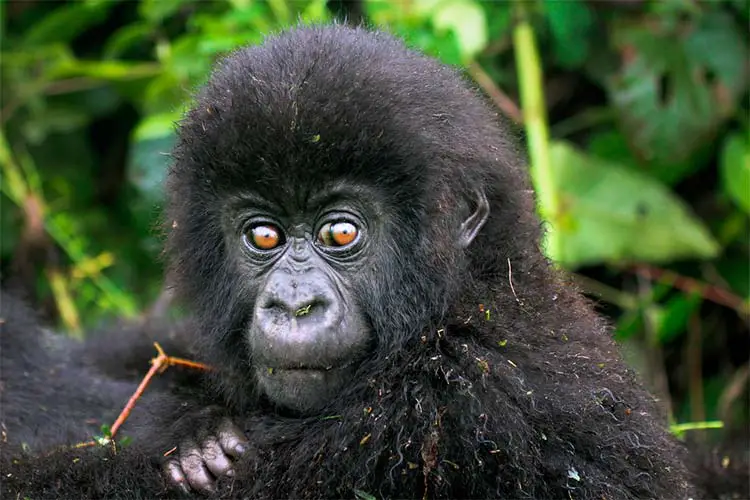
The African Forest Elephant
This species of elephant is found exclusively in the Congo river basin, sightings are possible in the Republic of Congo, the DRC, CAR, Gabon and Equatorial Guinea. Due to the dense undergrowth that blankets their natural habitat, the forest elephant has several distinct differences to it’s counterparts from Southern Africa. For a start, although these beautiful creatures can reach 2.5 meters in height, they are around 60% smaller than the bush elephants in the south. They also have harder, straighter and proportionally longer tusks, used to dig through the dense forest. Head out on a walking safari or take a 4×4 to catch a glimpse of this elusive creature.
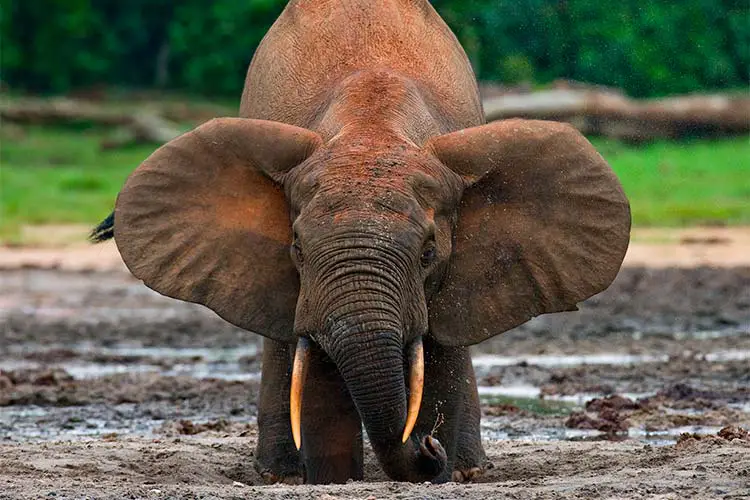
The Mandrill
Spectacularly coloured, the Mandrill is the world’s largest monkey, with males weighing up to 120 lbs. You’ll find hordes of these primates in the forests of Congo, Equatorial Guinea, Cameroon and Gabon, and if lucky you’ll spot several hordes together, reaching over 600-800 in number! The male mandrill is known for its colouring, exhibiting almost fluorescent-like blues and pinks on its muzzle, genitals and anus. This colouring becomes accentuated when the males become excited and it is used to warn off other males when they become confrontational. Given that their teeth can reach over 6cm long, it’s not advisable to go look for these guys on your own; join one of the many safaris in the region and tick the world’s largest monkey off your bucket list.
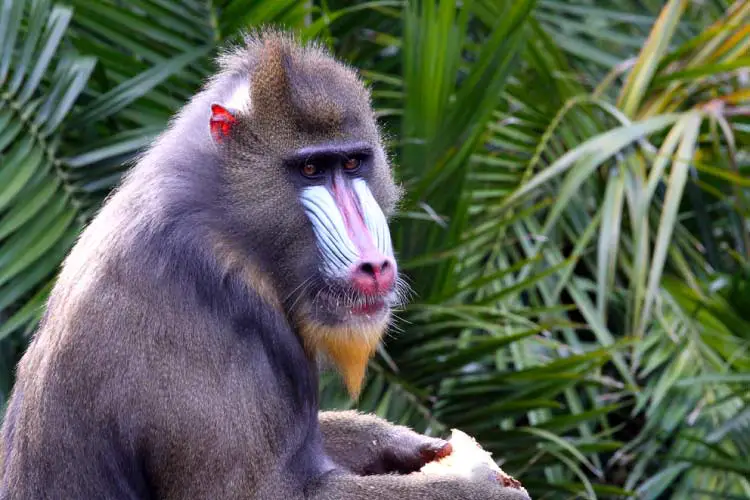
The Okapi
Making our top 10 list of the Strangest Animals in the world, the Okapi is a member of the giraffe family and therefore shares similar facial features and behavioural characteristics, yet exhibits some of the markings and proportions of a zebra. This incredibly strange creature lives only in the northeast of the Democratic Republic of Congo and wasn’t discovered by scientists until the 20th century. The Okapi is a herbivore and uses its long tongue to strip leaves off branches in the rainforest. They are best seen in the Okapi Wildlife Reserve, a UNESCO world heritage site found in northeastern DRC. Although tours are typically expensive, you can’t find this beautiful animal anywhere else on the planet and you could easily tie it in with a trip to the Virunga National Park where you can visit Gorillas.
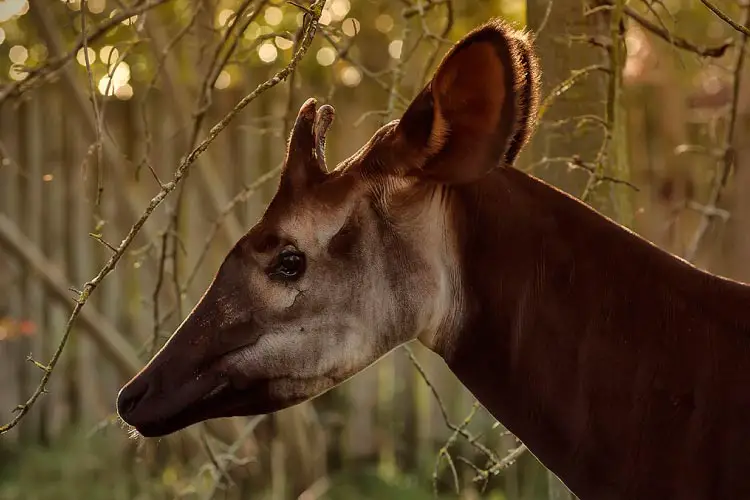
The Pygmy Chimpanzee
More commonly referred to as the Bonobo Monkey, this adorable primate is also only found in the Democratic Republic of Congo, south of the Congo river. The closest living relative to us humans, the Bonobo is a peaceful species, renowned for their complex social system. Often found in numbers up to 100, these monkeys live in a matriarchal society, meaning females take leading roles in their social structure, similar in that way to elephants. Given their location, Bonobo monkeys are notoriously hard to see in the wild, due to long term political instability in the DRC. This has also made them hard to study and scientists have been unable to estimate their numbers properly. Although the instability in this region is getting better, we would advise those who travel to this region to exercise caution. Having said that, a trip into the DRC to visit Bonobos in the wild will be one of the most unique and exciting experiences of your life.
